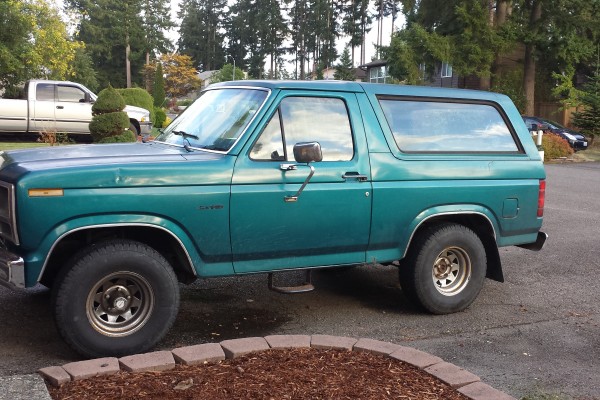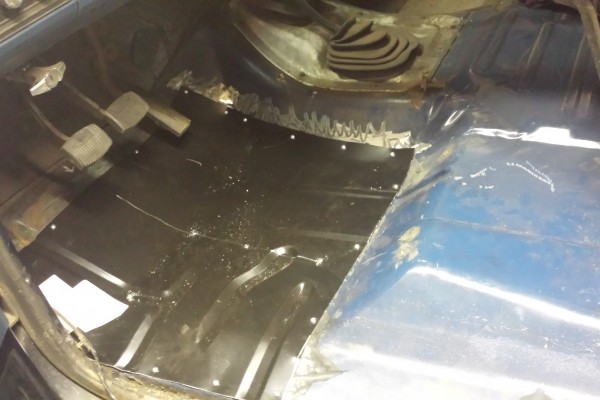The first-generation (1966-77) Ford Bronco has been a popular off-road vehicle since its introduction. However its successor, the 1978-96 full-size Bronco, outsold it by a large margin. Designed to directly compete with the Chevy Blazer, the big Bronco was roomy, comfortable, and could be loaded with creature comforts—exactly what the market wanted and the first-gen Bronco could not deliver.
Yet the big Bronco doesn’t get the same off-road adoration as its elder cousin. It should, though. The full-size Bronco can be built to handle the places 98 percent of us go wheeling. Based on F-150 pickup mechanicals, the truck is easy and affordable to modify; many came from the factory with automatic transmissions, power steering and disc brakes, and four-wheel drive. With plenty still around, a late model Bronco is affordable, especially when compared to the pricey first-gens.
That’s where Marc Sorger comes in.
After years of racing Mustangs in the National Auto Sport Association’s (NASA) American Iron Series (you can read about his last Mustang build here), Sorger decided to go back to one of his first loves, off-road racing. That’s one place where a full-size Bronco’s qualities can really shine.
“I signed up for Pre-Runner class for the 200-mile race the Central Oregon Desert Racing Association will be running this summer,” Sorger said. “I’m also going to run the short course series in Class 8 4×4 at Central Oregon Off-Road Race Park. When built correctly, a full-size Bronco is ideal for both types of racing to withstand the strain of racing/off roading. Its Twin Traction Beam front suspension offers superior wheel travel over a solid front axle.”
The first order of business was finding one. After looking for months for a 1980-85 model with a four-speed (a rare option), Sorger’s daughter piped up and said she and her husband had an ‘84 they would be happy to sell.
The parts list for creating a race-ready Bronco is surprisingly basic. Other than the eight-point roll cage, everything else is pretty much a bolt-on affair. In fact, Sorger’s recipe is a great starting point for building a very off-road capable Bronco. Depending on how many creature comforts you retain, the truck would be suitable for street use as well.
OnAllCylinders will be dropping in on Sorger over the course of his Bronco build. For now, take a look at what he has done so far.













They should join GoFastBroncos.com for some tips…
Alan, Every true Bronco enthusiast knows that the first generation Broncos were 1966-1977 models not 1965. Just thought I’d give you a heads up.
You are correct, Greg–brain fade on my part. We will correct the story–thanks for pointing this out.
[…] the first segment of Desert Bronco, we introduced Marc Sorger and the 1984 Bronco he was cutting up, er, modifying for desert and […]